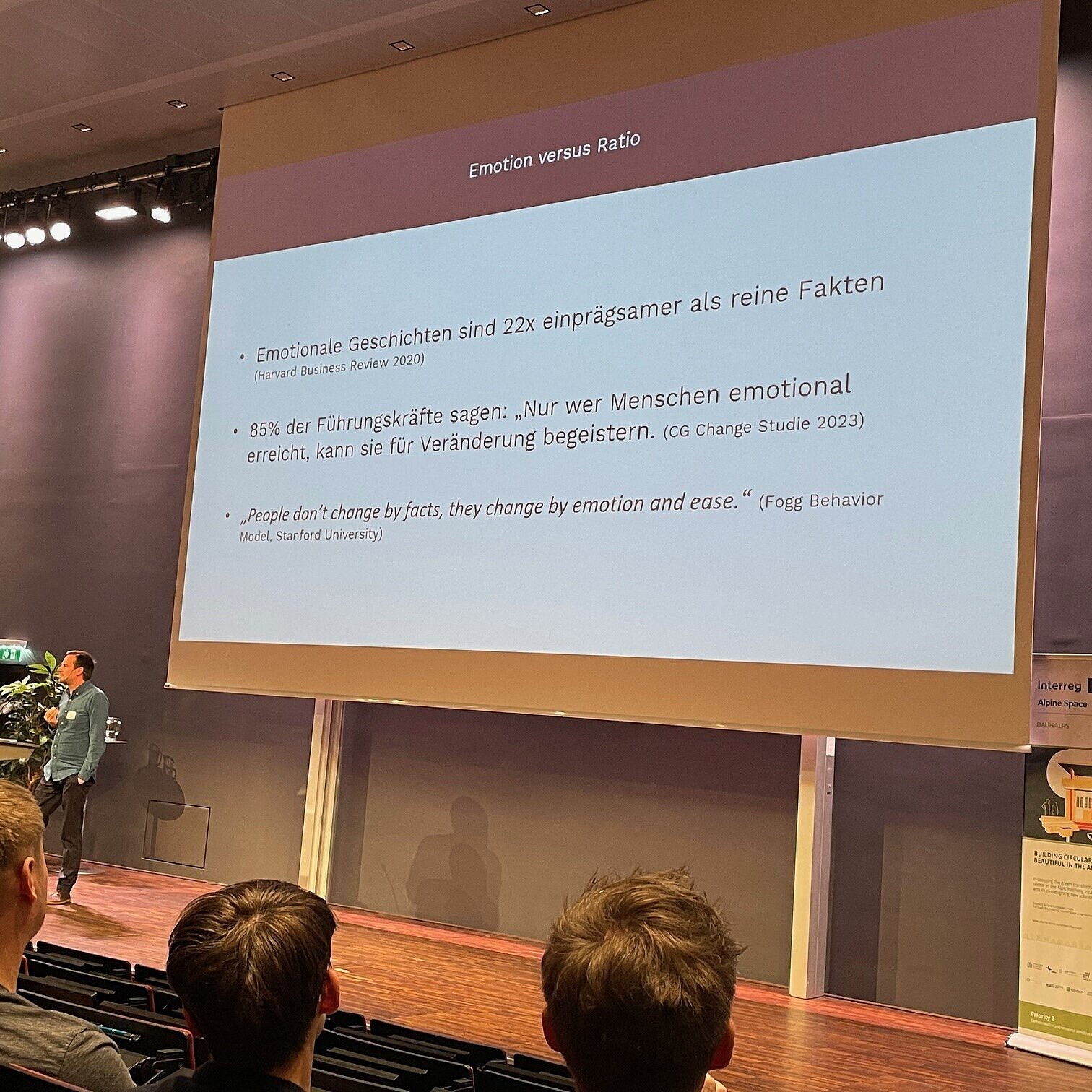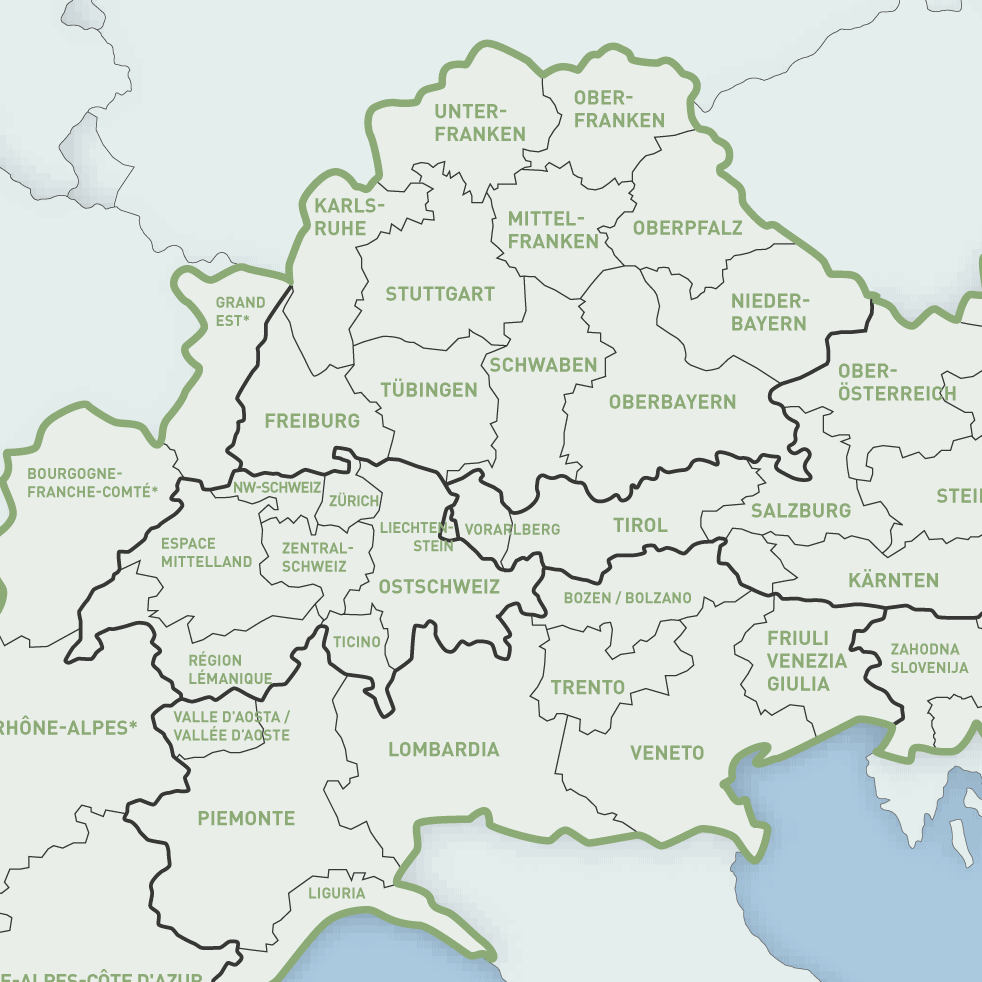2nd Report Cultural and Creative Industries in the European Metropolitan Region of Nuremberg
14.05.2019
The "2nd Report on Cultural and Creative Industries in the European Metropolitan Region of Nuremberg", published on May 10, 2019, examines the changes in the cultural and creative industries (CCIs) in the European Metropolitan Region of Nuremberg (EMN). The key finding: with its increasing overall economic importance and polycentric distribution across the entire region, the sector has developed into a driver of innovation.

In 2010, the European Metropolitan Region of Nuremberg was the first metropolitan region in Germany to publish a cultural and creative industries report. This second report analyzes the period from 2009 to 2016 and describes the structural changes in the CCI. It sheds light on developments in the eleven submarkets and focuses on the topics of "Women", "Crafts" and "Qualifications and Training". It is published by the Bavarian Center for Cultural and Creative Industries. Cultural and creative industries as an economic factor. The importance of the sector is enormous.
Cultural and creative industries as an economic factor
In 2015 and 2016, the cultural and creative industries generated an average annual turnover of more than 4 billion euros in the metropolitan region. Dr. Michael Fraas, Economic Affairs Officer of the City of Nuremberg and Managing Director of the Forum Economy and Infrastructure of the European Metropolitan Region of Nuremberg:
"This means that the sector's turnover is higher than in the tourism industry, including the hospitality industry, and at a comparable level to the health and social sector; even the rapidly growing real estate industry is only marginally larger. This makes the KuK a significant economic factor for the EMN as a high-tech, industrial and modern service location."
Dr. Michael Fraas
Creativity is one of the key factors for the innovative capacity of our business location. "Because where there is a creative environment, new ideas flourish and creative minds gather. This is why the products, ideas and innovations developed in the region are not only sold regionally, but worldwide. Particularly in the exciting intersection of the cultural and creative industries with the digital economy, the Nuremberg Metropolitan Region forms a cluster that is unique in Europe," Fraas continues.
Polycentric distribution as both a locational advantage and a challenge
The economic substance of the EMN's CCI is not concentrated in one center, but is spread over a large area. In addition to the major cities of Nuremberg, Fürth and Erlangen, the medium-sized cities of Bamberg, Coburg, Bayreuth and Schwabach have equally above-average concentration values in the KuK. These core cities mostly form their own regional-local economic cycles or maintain supra-regional economic relationships beyond the EMN. This polycentric structure clearly distinguishes the EMN's cultural and creative industries from the Munich metropolitan region, for example, where the city of Munich is clearly the economic powerhouse. On the one hand, the polycentric structure of the EMN is advantageous for the independent development of smaller regional locations and smaller players. On the other hand, the neighboring strong Munich metropolitan region binds a large part of the Bavarian and even nationwide added value of the KuK.
"The aim of the EMN is therefore to promote smaller companies and freelance offices to become high value-added players in the cultural and creative industries. The EMN is an attractive and strong region for creative and cultural professionals. This starts with the opportunities to enter one of the submarkets of the cultural and creative industries," explains Anke Steinert-Neuwirth, Head of Cultural Affairs for the City of Erlangen and Managing Director of the Culture Forum of the European Metropolitan Region of Nuremberg.
"One of the region's particular strengths is its very well-developed infrastructure in terms of training facilities and renowned universities for cultural and creative professions. For example, Nuremberg is home to the oldest art academy in the German-speaking world. In addition, traditional arts and crafts and innovation characterize the diverse profile of the Nuremberg Metropolitan Region. The quality standards of the creative people themselves are very high, making the metropolitan region a stronghold of award-winning musical instrument production, a mecca for the software and games development scene and a unique location in Germany for internationally renowned festivals, particularly in the fields of music, theater and film."
Anke Steinert-Neuwirth
Increased attention for the KuK - perception problem remains
Since the definition by the Conference of Economic Ministers in 2008, the term "cultural and creative industries" has been used to cover cultural and creative enterprises that are predominantly commercially oriented and deal with the creation, production, distribution or media dissemination of cultural and creative goods and services. Oliver Wittmann, Head of the Bavarian Centre for Cultural and Creative Industries, recognizes a growing awareness of the cultural and creative industries:
"Now that awareness of the sector in Germany is well advanced at all levels - from the municipal to the federal level - decisive steps are currently emerging in the European funding landscape. I therefore expect an additional boost for the cultural and creative industries in the coming years."
Oliver Wittmann
Despite the positive development, the sector still has a perception problem today, when the cultural and creative industries are seen less as a genuine pillar of the overall economy and more as a colorful image factor. "This perception stems from the fact that the cultural and creative industries are an industry that is structured by many small and micro-enterprises in addition to a few large and medium-sized players, while other industries - such as the industrial sector - are largely characterized by large companies and corporations. This also and especially applies to the cultural and creative industries in the EMN," explains Michael Söndermann, Head of the Office for Cultural Industries Research (Cologne) and author of the report.



